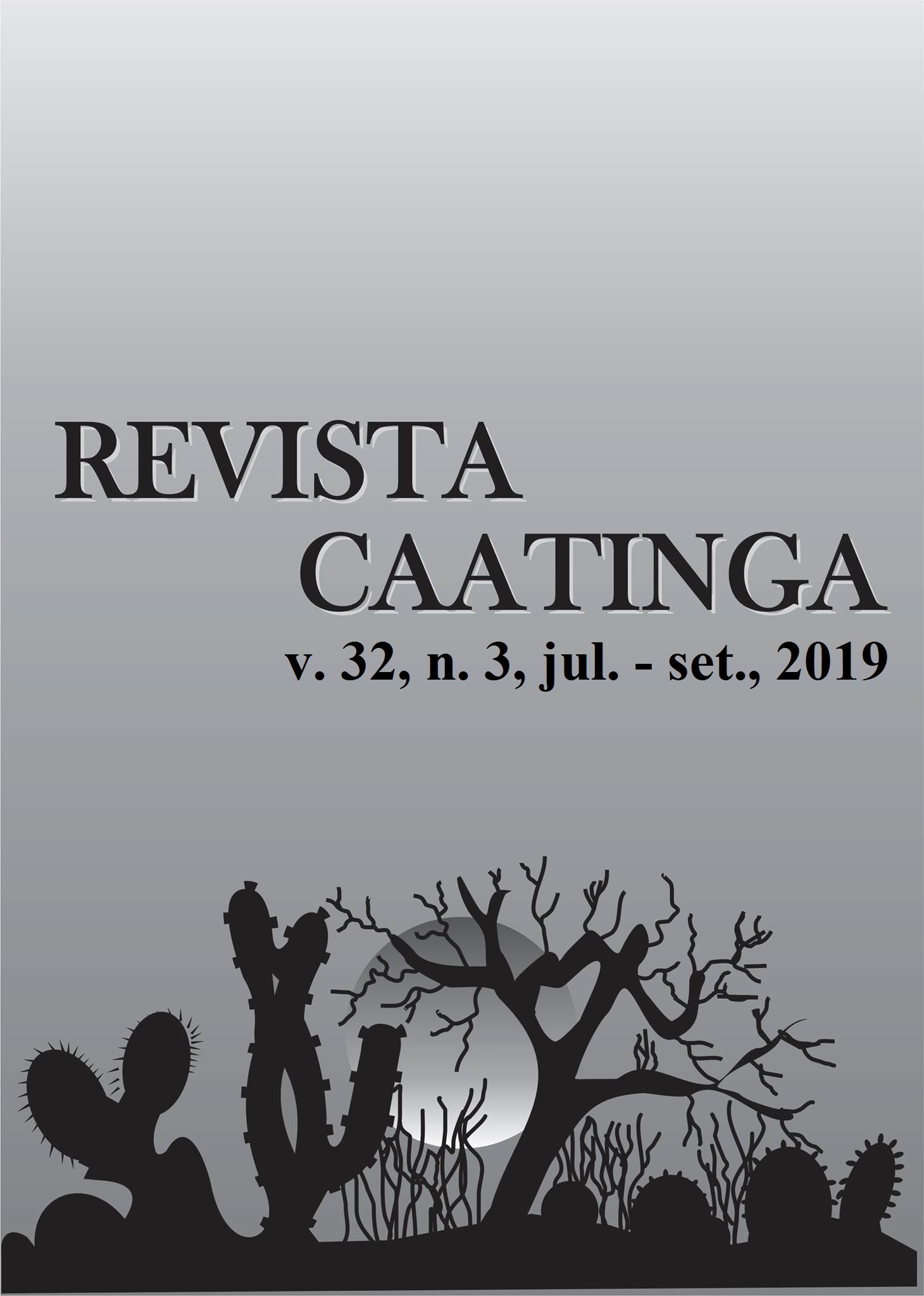IRRIGAMETER USE FOR ESTIMATING CROP EVAPOTRANSPIRATION IN PROTECTED ENVIRONMENT
DOI:
https://doi.org/10.1590/1983-21252019v32n322rcKeywords:
Climatic variables. Irrigation management. Cowpea beans. Water Consumption.Abstract
In the face of climatic adversities associated with water lacking for irrigation, crop cultivation in greenhouses in Brazil has increased significantly, thereby demanding research that makes it possible to estimate crop water demand when grown in these environments. Therefore, the objective of this study was to evaluate the performance of Irrigameters to estimate the evapotranspiration of cowpea grown in protected environment. The experiment was conducted in the experimental area of the State University of Southwest of Bahia (UESB) under protected environment and the cowpea variety used was BRS Guariba. For this study, two Irrigameters were installed for the direct estimation of the daily crop evapotranspiration. Likewise, with the use of an automatic weather, the meteorological data were collected and the crop evapotranspiration (ETc) was estimated using the Kc values recommended for different phases of the crop. The data collected by the Irrigameter were compared with the data estimated by the Penman-Monteith method, as well as with Radiation and Blaney Criddle methods at one-, two- and three-day intervals. The results show that all the methods were efficient and accurate at estimating ETc at all studied intervals.
Downloads
Downloads
Published
Issue
Section
License
Os Autores que publicam na Revista Caatinga concordam com os seguintes termos:
a) Os Autores mantêm os direitos autorais e concedem à revista o direito de primeira publicação, com o trabalho simultaneamente licenciado sob a Licença Creative Commons do tipo atribuição CC-BY, para todo o conteúdo do periódico, exceto onde estiver identificado, que permite o compartilhamento do trabalho com reconhecimento da autoria e publicação inicial nesta revista, sem fins comerciais.
b) Os Autores têm autorização para distribuição não-exclusiva da versão do trabalho publicada nesta revista (ex.: publicar em repositório institucional ou como capítulo de livro), com reconhecimento de autoria e publicação inicial nesta revista.
c) Os Autores têm permissão e são estimulados a publicar e distribuir seu trabalho online (ex.: em repositórios institucionais ou na sua página pessoal) a qualquer ponto antes ou durante o processo editorial, já que isso pode gerar alterações produtivas, bem como aumentar o impacto e a citação do trabalho publicado (Veja O Efeito do Acesso Livre).







